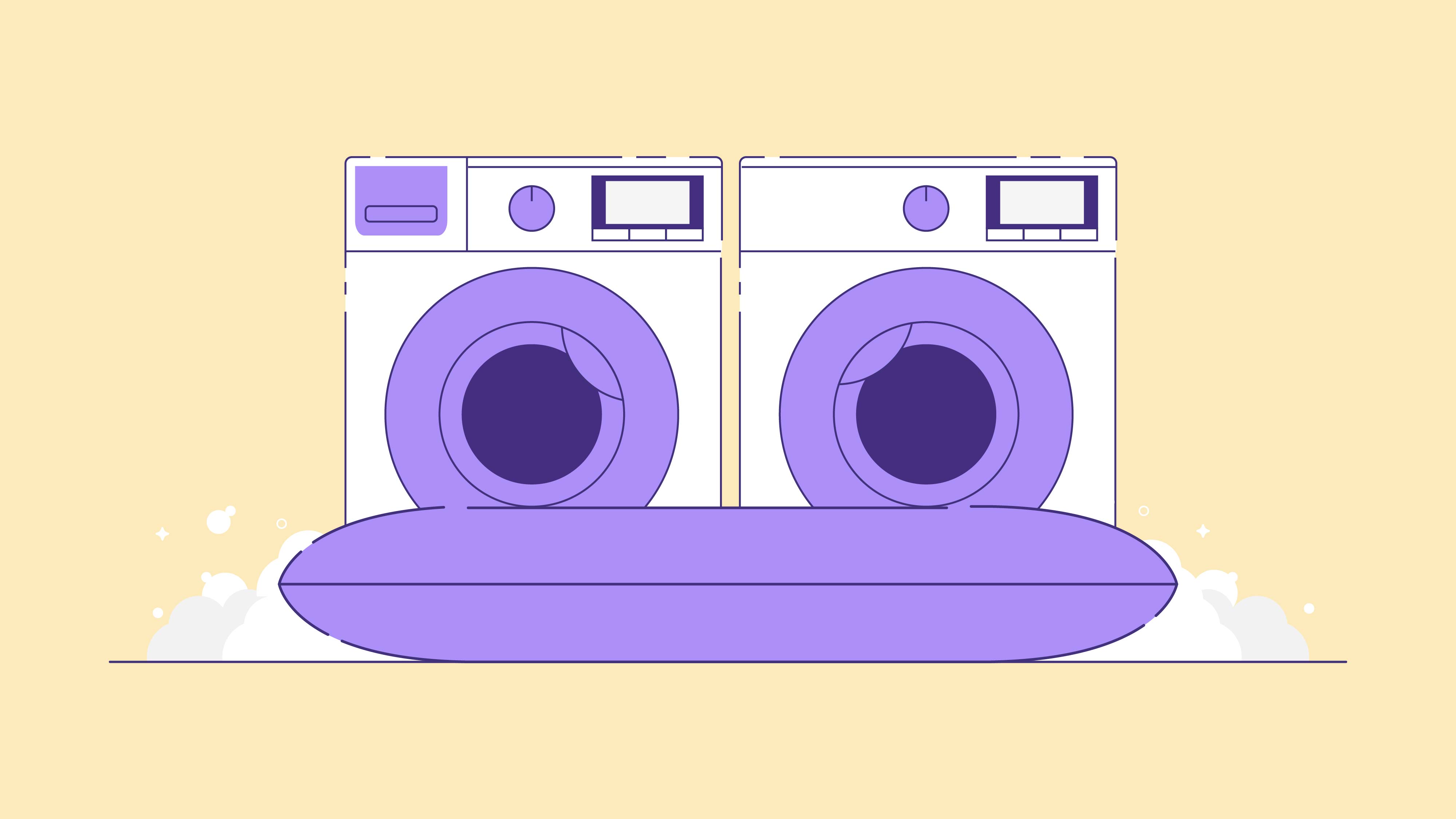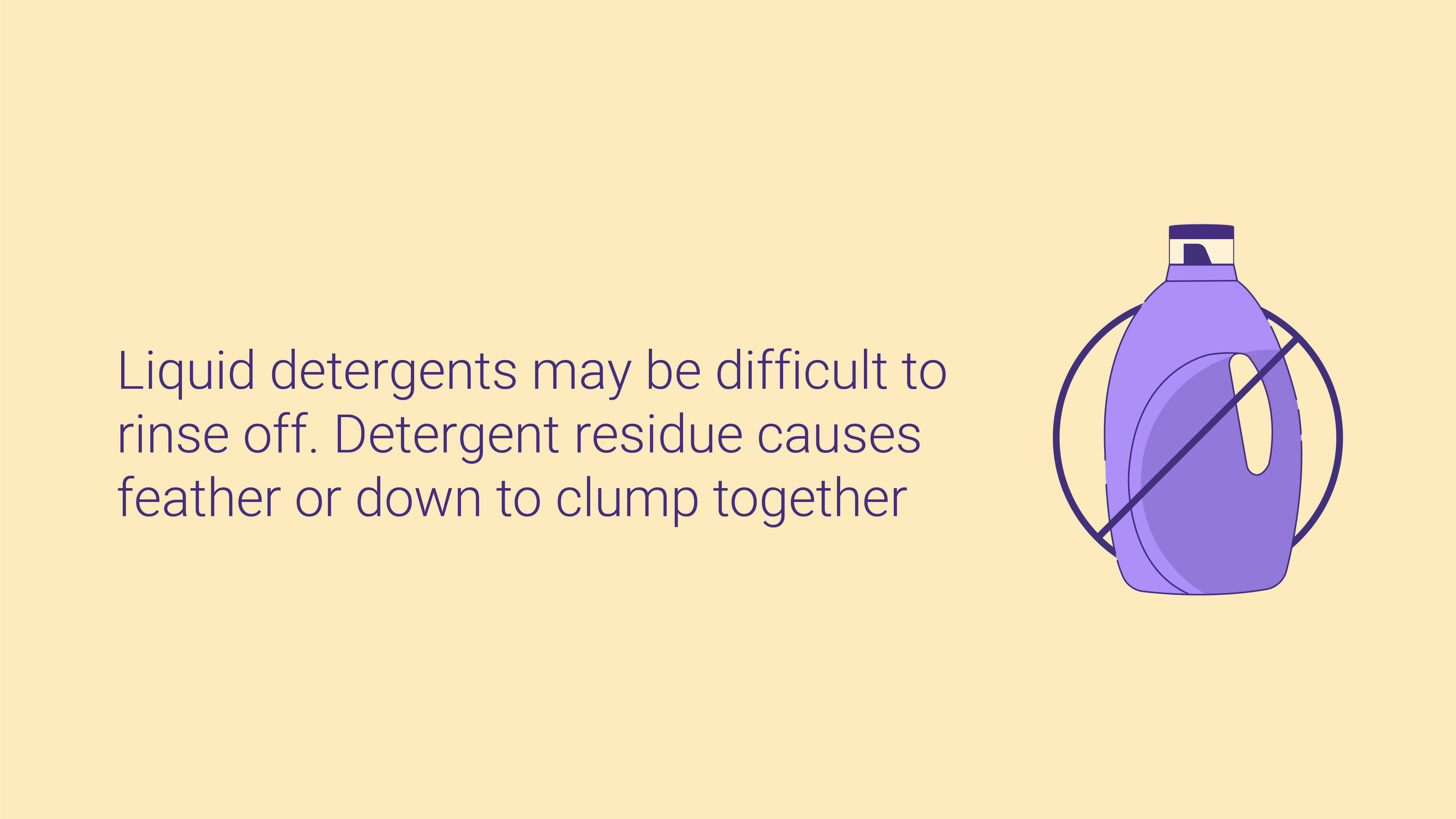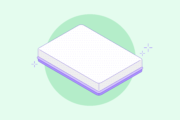
How to Wash a Body Pillow

- Body pillows, especially beneficial for side sleepers and pregnant women, accumulate dirt and debris over time. Regular washing, at least once every 4 to 6 months, helps prevent the infiltration of dust mites, bacteria, and allergens, maintaining a hygienic sleep environment.
- Different body pillows are filled with materials such as down, polyester, cotton, memory foam, or latex. The washing process varies based on the fill type to avoid damaging the pillow. While pillows with down, polyester, or cotton filling can be machine-washed, memory foam and latex pillows require hand washing to prevent foam damage.
- After washing, the drying process is crucial. Overcrowding the dryer or using high heat settings can lead to clumping or damage. Depending on the fill type, low-heat tumble drying with clean tennis balls or wool balls can help maintain fluffiness. Memory foam and latex pillows are best air-dried outdoors.
Body pillows help you relax as you curl up next to them at the end of a long day. These extra-long pillows are especially beneficial for side sleepers and pregnant women because they relieve pressure on the spine, hips, and back. However, just like with other pillows, regular use leads to the accumulation of dirt and debris.
Even if you use a body pillow cover, debris can permeate the pillow. This invites dust mites, bacteria, and other indoor allergens, triggering symptoms such as a sore throat, runny nose, or wheezing. To avoid this, wash your body pillow at least once every 4 to 6 months. If you don’t use a cover, you should wash your body pillow at least once a month.
Since body pillows are much longer than standard pillows, washing them at home may seem challenging if you don’t know the right way to do it. In this article, we will guide you through different ways to clean your body pillows without damaging them.
Body Pillow Washing Guidelines
Generally, a body pillow measures 20 inches by 54 inches, while a standard bed pillow is 20 inches by 26 inches. Due to their long length, tossing a body pillow in a home washing machine can damage them and your machine.
If you don’t maintain and use your body pillow properly, you can damage the fill, causing the pillow to lose support. To properly maintain your pillow, we recommend following the instructions on the care tag.
The care tag has details about the fill and the casing materials with instructions on how to launder them. If you have accidentally torn or removed this tag, our detailed guide can help you.
First, let’s go over how to wash your body pillow based on its fill type. Down, feather, polyester, cotton, memory foam, and latex are the most common fill materials for body pillows.
How to Wash a Down, Polyester, or Cotton Body Pillow
Down refers to the soft feathers of ducks and geese found beneath the wings and on the belly. This natural fiber feels soft and warm and is commonly used in body pillows, but it can lead to allergic reactions in some people. Often, dust particles accumulate in the down filling causing frequent sneezing or breathing difficulties. In such cases, pillow fills made of polyester, cotton, or cotton-polyester serve as a hypoallergenic alternative.
Body pillows with down, polyester, cotton, or cotton-poly blends are machine washable, but don’t cram them into your washer. This may affect their quality and damage your pillow. If you use a top-loading washing machine, place the body pillow vertically curving around the agitator. In a front-loading washing machine, keep the pillow curved around the washer drum.
Overcrowding the drum prevents thorough cleaning as soap and water may not reach every part of the pillow. If your home washing machine does not have enough space, take your body pillows to the local laundromat.
Industrial-sized machines have room to accommodate two pillows together. This ensures your pillows don’t move too much during the washing process. Excess movement increases the chances of tearing. If you don’t have enough room for two pillows, throw in a towel to reduce vigorous pillow movement during washing. The towel and the pillow must be similar in color, otherwise, the dark color will bleed and stain the light-colored fabric.
Use a mild detergent, preferably powdered, as liquid detergents may be difficult to rinse off. Detergent residue causes feather or down to clump together, making the pillow uncomfortable.

Start the machine on a gentle or delicate cycle with warm or cold water. Avoid using hot water to wash your pillows, because the high temperature can break down the fill material, making your pillow unsupportive.
If possible, select an extra rinse cycle or run the washing machine again without the laundry detergent. This ensures your pillow is rinsed well.
Drying Process
Once the body pillows are washed, transfer them to a dryer. The same rule of not overcrowding the space applies while machine-drying as well. Tumble dry your pillows on low heat.
Depending on the fill type, some pillows may take longer than others. For example, polyester pillows dry faster than down or feather pillows. These pillows may take as long as 2 to 3 hours to dry.
To fluff your pillows, throw in clean tennis balls or wool balls in the machine. These dryer balls spin around, preventing the pillow fill from clumping together during the drying process. This reduces the chances of moisture-retention.
Before inserting the pillow into the cover, ensure it’s thoroughly dried. Moisture traces can lead to mold and mildew growth.
How to Wash a Memory Foam or Latex Body Pillow
Memory foam and latex body pillows contour to the body, relieving pressure points and alleviating pain. While memory foam conforms more closely than all-natural latex foam, latex pillows are an excellent choice for organic shoppers. All-natural latex is derived from the sap of rubber trees, making them naturally cooling and hypoallergenic. Both types of pillows should be hand-washed as the vigorous spinning in the washing machine can break down the latex and memory foam.
Since body pillows are larger than most other pillow sizes, they won’t fit in a bucket so wash them in your bathtub. First, clean your bathtub to ensure dirt and germs from the tub are not transferred to your pillow. Then plug the drain and fill it with cold or warm water, as hot water will damage the foam.
Add a single cap full of gentle detergent, swirling it in the water. Immerse the pillow in the soapy water, then squeeze out the water by gently pressing it. Don’t twist or pull the pillow to avoid damaging the foam.
Drain out the soapy water, then refill the tub with fresh water. Repeat the process of immersing and gently squeezing the pillow until there are zero traces of soap or water in the pillow.
Drying Process
After cleaning these foam body pillows, lay them flat on a clean surface under the sun. The high heat from the sun can also kill bacteria and other indoor allergens in your pillows. Remove the pillows from direct sunlight after an hour or two. Excess exposure to sunlight can discolor your pillows. Finish up the drying process with an indoor fan.
Spot Cleaning a Body Pillow
If you see a small stain on your pillow, spot clean it immediately so it doesn’t set. You don’t need to wash a pillow after spot cleaning it.
Dip a damp rag in mild detergent and gently rub the stain. Use a white or light-colored clean cloth, because dark colors may bleed. Rub the cloth, making inward circular motions so you don’t spread the stain. Once the stain is removed, use another fresh damp cloth to rinse off the soap spots.
If the stains can’t be removed this way, sprinkle some baking soda on it. Let this natural stain remover sit for an hour. Vacuum clean the baking soda using the upholstery brush attachment. Follow this up with the detergent spot-cleaning process, mentioned above.
Dry the pillow by either placing it in a dryer or under the sun, depending on its fill. Ensure the pillow is completely dry before replacing the cover.
FAQs
Can you put a body pillow in the washing machine?
Yes, most body pillows can be machine washed, except for latex and memory foam pillows, because the intense spinning damages the foam. If your pillow is too large for the washing machine, don’t cram your washer, instead, take it to a local laundromat. However, it is best to check the washing instructions on the pillow’s care tag. Some pillows need to be washed with cold water only and dried in a no heat setting.
How long do body pillows last?
Body pillows may last between 1 to 3 years, depending on the fill type. Generally, latex and memory foam body pillows are more durable than polyester fiber stuffed body pillows, which lose support after a few years of use.
Can I wash my down pillow?
Yes, contrary to popular belief, down pillows can be machine-washed. However, before washing, make sure there are no pinholes or perforations in the cover (usually added for extra breathability). Machine washing can tear the holes open, scattering the fill material in your washer drum and ruining your pillow. Also, check the care tag to find out whether to use warm or cold water, and low heat or no heat setting in the dryer.
How do you machine wash a pillow without ruining it?
If your pillow is machine washable, add a small amount of detergent and wash it with cold or warm water on a gentle cycle. Choose the extra rinse wash cycle to avoid soap build-up. If you don’t have the extra rinse setting in your machine, run the wash cycle again without detergent. Since body pillows are large, you may need to take them to the local laundromat to avoid damaging them.
How do you fluff a pillow in the dryer?
Use a clean tennis ball to fluff your pillows in the dryer. First, put the tennis ball in a sock, tying it up at the end. Then throw it in the dryer along with your pillow and run it on low heat for 20 minutes. Your body pillow will come out feeling as fluffy as new, but if you’ve just washed the pillow, then run the dryer for 2 to 3 hours to dry and fluff your pillow.
Conclusion
Certain body pillows are more difficult to wash than others because they need hand washing. This process can be tedious and take a lot of your time, but doing so is necessary to maintain a hygienic sleep environment. Washing cannot be avoided, but its frequency can be reduced by using pillow covers. They protect your pillows from liquid spills and also prevent the accumulation of sweat, body oil, dead skin cells, dust mites and other indoor allergens. Make sure you wash the covers once a week, like your bedsheets.
To fluff your pillows, air them out in between washes. Once a month, lay them flat on a clean surface in the sun for an hour. The high heat from the sun absorbs traces of moisture and kills allergens, imparting a fresh smell to your pillow.



